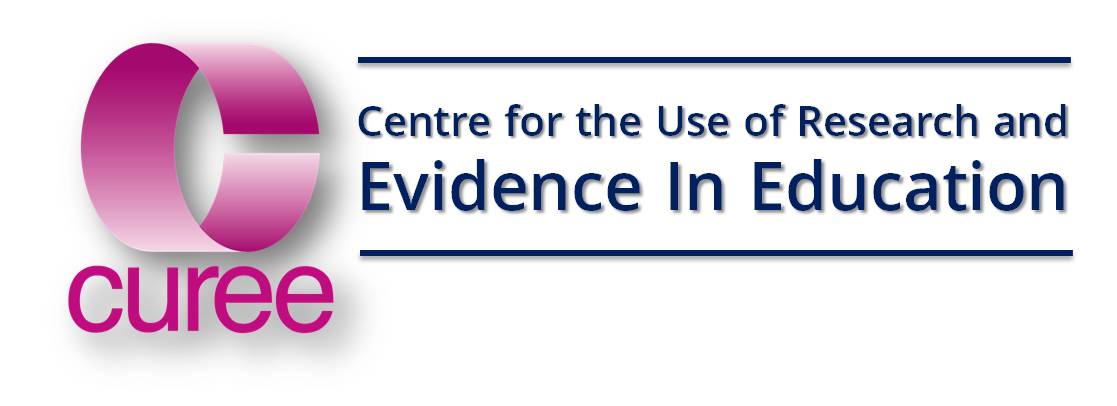Strategies for improving boys' academic performance
Aim: To identify strategies which teachers can use to improve the performance of boys and their attitude to learning. In particular to examine the effectiveness of mentoring, as a strategy for improving boys academic performance. Also to ascertain which teaching methodologies are most likely to engage boys in their own learning.
